9 Nail-Strengthening Habits for Thicker, Longer Nails

Thin, soft, brittle nails, aka Onychoschizia, can be frustrating and even painful. Luckily, there are ways to treat the condition. "When it comes to strengthening your nails, incorporating certain habits into your routine can promote stronger, thicker nails and encourage healthy nail growth over time," explains Dr. Alexandra Bowles, DO, Board-Certified Dermatologist at MONA Dermatology. Here are key nail-strengthening habits for thicker, longer nails.
Maintain a Balanced Diet
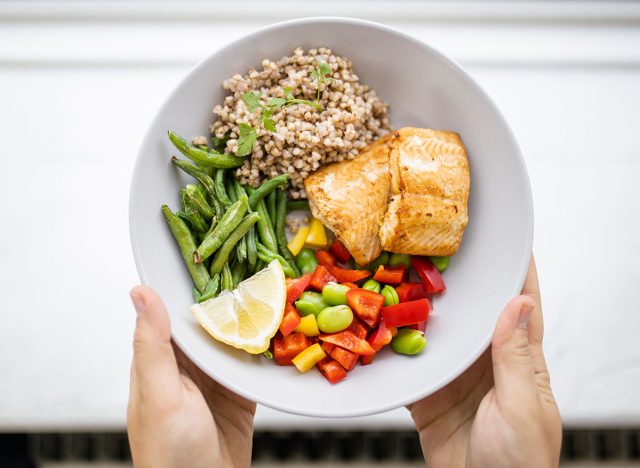
"For one, it's important to maintain a balanced diet that includes essential nutrients such as protein, biotin, vitamins (particularly vitamin C and vitamin E), and minerals like iron and zinc, which are important for nail health," explains Dr. Bowles.
Hydrate
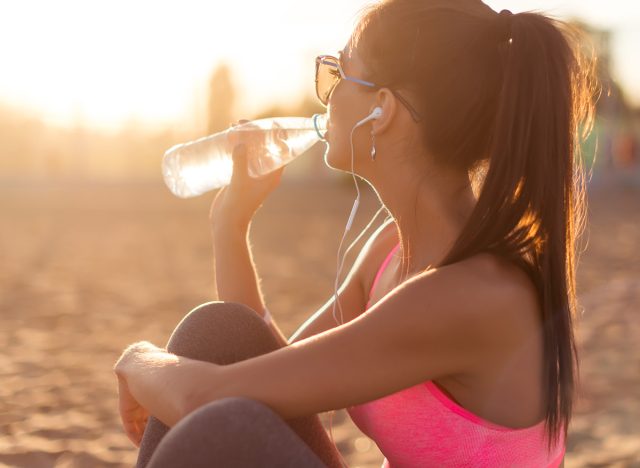
Dr. Bowles also recommends staying hydrated, "by drinking plenty of water to keep your nails hydrated and prevent them from becoming brittle," she says.
Wear Gloves
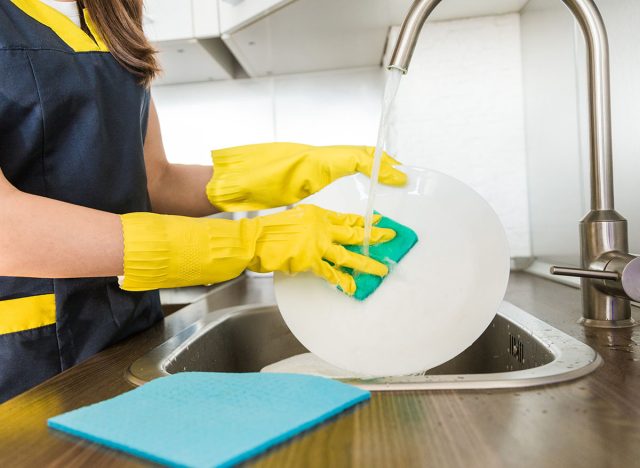
She also recommends protecting your nails by wearing gloves when doing household chores or working with harsh chemicals to prevent damage and breakage to your nails.
Avoid Acetone

Also, choose nail polish remover carefully. "Avoid harsh chemicals by limiting exposure to nail polish removers containing acetone, as it can dry out and weaken your nails," suggests Dr. Bowles. "Opt for acetone-free formulas instead."
RELATED: The Simple Walking Routine That Helped Me Lose 40 Pounds
Moisturize with Hand Cream
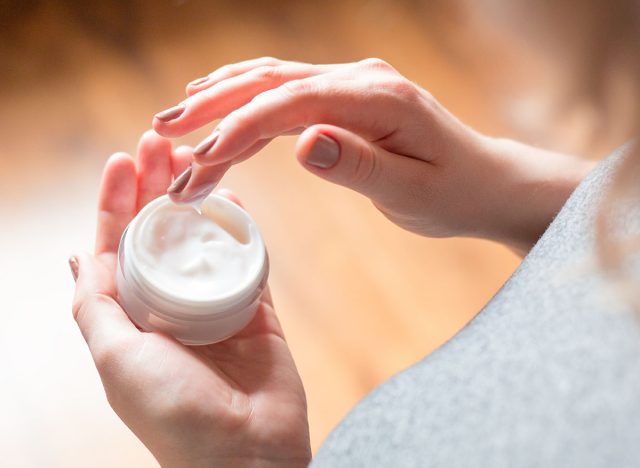
"Moisturize regularly by applying a moisturizing hand cream or nail oil to your nails and cuticles daily to keep them hydrated and prevent them from becoming dry and brittle," she adds.
File Nails Carefully

When filing your nails Dr. Bowles recommends using a gentle nail file to shape your nails, avoiding harsh filing motions that can cause damage and weaken the nails.
Take a Break From Nail Polish

Limit Nail Polish use by giving your nails a break from nail polish occasionally to allow them to breathe and recover, Dr. Bowles recommends. "When using nail polish, opt for formulas that are free of harsh chemicals like formaldehyde, toluene, and dibutyl phthalate (DBP)," she adds.
Be Gentle with Them
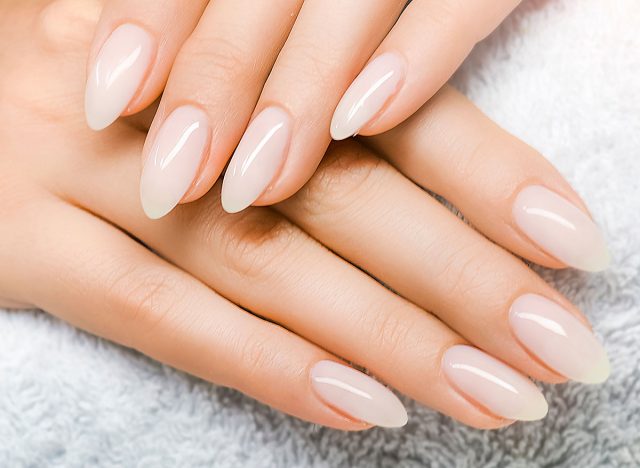
Be gentle with your nails by avoiding using them as tools for tasks like opening packages or scratching surfaces, as this can cause them to break or become damaged, Dr. Bowles maintains.
RELATED: 15 Superfoods to Rev Up Your Weight Loss
Protect Them From Trauma
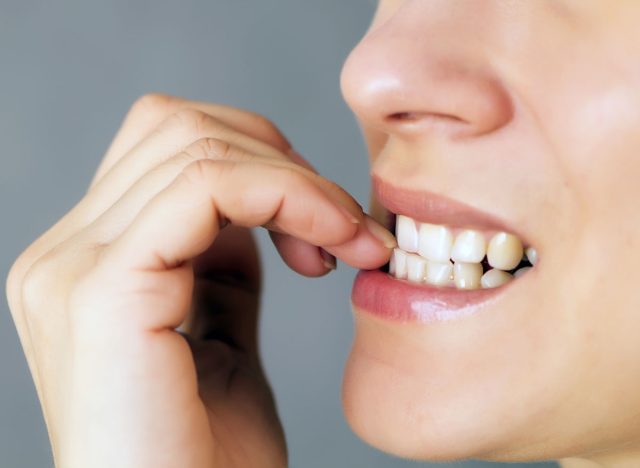
Last but not least, "protect your nails from trauma by being mindful of activities that can cause trauma to your nails, such as biting or picking at them or wearing acrylic tips, which can weaken and damage the nail structure," she says.
💪🔥Body Booster: Be very careful of any chemicals that come into contact with your nails if they are dry and brittle.




